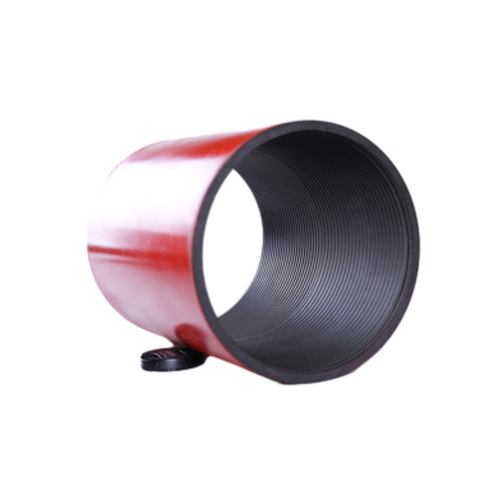- Afrikaans
- Albanian
- Amharic
- Arabic
- Armenian
- Azerbaijani
- Basque
- Belarusian
- Bengali
- Bosnian
- Bulgarian
- Catalan
- Cebuano
- Corsican
- Croatian
- Czech
- Danish
- Dutch
- English
- Esperanto
- Estonian
- Finnish
- French
- Frisian
- Galician
- Georgian
- German
- Greek
- Gujarati
- Haitian Creole
- hausa
- hawaiian
- Hebrew
- Hindi
- Miao
- Hungarian
- Icelandic
- igbo
- Indonesian
- irish
- Italian
- Japanese
- Javanese
- Kannada
- kazakh
- Khmer
- Rwandese
- Korean
- Kurdish
- Kyrgyz
- Lao
- Latin
- Latvian
- Lithuanian
- Luxembourgish
- Macedonian
- Malgashi
- Malay
- Malayalam
- Maltese
- Maori
- Marathi
- Mongolian
- Myanmar
- Nepali
- Norwegian
- Norwegian
- Occitan
- Pashto
- Persian
- Polish
- Portuguese
- Punjabi
- Romanian
- Russian
- Samoan
- Scottish Gaelic
- Serbian
- Sesotho
- Shona
- Sindhi
- Sinhala
- Slovak
- Slovenian
- Somali
- Spanish
- Sundanese
- Swahili
- Swedish
- Tagalog
- Tajik
- Tamil
- Tatar
- Telugu
- Thai
- Turkish
- Turkmen
- Ukrainian
- Urdu
- Uighur
- Uzbek
- Vietnamese
- Welsh
- Bantu
- Yiddish
- Yoruba
- Zulu
Understanding the Key Distinctions Between Casing and Tubing in Oil and Gas Operations
Understanding the Differences Between Casing and Tubing in Oil and Gas Operations
In the oil and gas industry, the terms casing and tubing are frequently used to describe two critical components of well construction. While they may seem interchangeable to those unfamiliar with the field, they serve distinct purposes and have different specifications. Understanding these differences is essential for professionals involved in drilling and production operations. This article explores the definitions, functions, and characteristics of casing and tubing to shed light on their roles in the extraction of hydrocarbons.
What is Casing?
Casing refers to the series of pipe sections that are installed in the wellbore after drilling. They are designed to stabilize the well and protect it from environmental contamination while preventing the loss of drilling fluids during the drilling process. Casing is made of high-strength steel and is typically thicker and heavier than tubing. It is cemented in place to provide support and isolation among various geological formations, ensuring that hydrocarbons can be safely extracted without affecting surrounding areas.
The installation of casing involves several steps. After drilling the well to the desired depth, sections of casing are inserted into the hole. Cement is then pumped down the casing and back up the annulus between the casing and the wellbore wall, solidifying the casing in place. This cementing process is crucial for maintaining well integrity, preventing blowouts, and protecting groundwater resources.
What is Tubing?
In contrast, tubing is the pipe that runs through the casing and is used to transport oil and gas from the reservoir to the surface. It is typically smaller in diameter than casing and is designed to withstand the high-pressure conditions found in a production environment. Tubing can be easily removed and replaced and is essential for the flow of hydrocarbons once the well has been completed.
Unlike casing, tubing is not cemented in place. Instead, it is hung from the casing, and special equipment called tubing hangers is used to support it. Tubing is also constructed to provide efficient flow characteristics, enabling the hydrocarbons to move freely from the reservoir to the surface processing facilities.
what are the differences between casing and tubing?

Key Differences Between Casing and Tubing
1. Purpose The primary purpose of casing is to provide structural integrity to the well and isolate various geological layers, while tubing is designed specifically for transporting hydrocarbons.
2. Material and Thickness Casing is made from heavier, thicker steel to withstand external pressures and environmental conditions, whereas tubing is made from lighter materials that are more cost-effective and easier to handle.
3. Installation Casing is cemented into place, forming a permanent structure within the wellbore. In contrast, tubing can be easily replaced or maintained without requiring the same level of intervention.
4. Size Casing typically has a larger diameter than tubing, as it needs to accommodate the wellbore’s structural requirements and provide space for various completion equipment.
5. Position in the Well Casing is located outside the tubing and provides a barrier between the wellbore and the surrounding geological formations. Tubing is positioned inside the casing, facilitating the extraction of oil and gas.
Conclusion
The distinctions between casing and tubing are vital for anyone working within the oil and gas sector. While both components are integral to well construction and operation, their functions, materials, and positioning are fundamentally different. Understanding these differences not only contributes to effective well management but also plays a critical role in ensuring safety and environmental protection in hydrocarbon extraction processes. As technology and techniques continue to evolve in the industry, maintaining clarity between these components will remain essential for successful operations.
-
Tubing Pup Joints: Essential Components for Oil and Gas OperationsNewsJul.10,2025
-
Pup Joints: Essential Components for Reliable Drilling OperationsNewsJul.10,2025
-
Pipe Couplings: Connecting Your World EfficientlyNewsJul.10,2025
-
Mastering Oilfield Operations with Quality Tubing and CasingNewsJul.10,2025
-
High-Quality Casing Couplings for Every NeedNewsJul.10,2025
-
Boost Your Drilling Efficiency with Premium Crossover Tools & Seating NipplesNewsJul.10,2025







